-
Welcome to BirdForum, the internet's largest birding community with thousands of members from all over the world. The forums are dedicated to wild birds, birding, binoculars and equipment and all that goes with it.
Please register for an account to take part in the discussions in the forum, post your pictures in the gallery and more.
usa
-
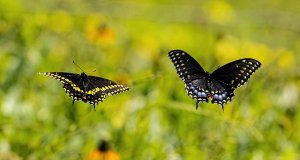
Black Swallowtails, Male left, Female right
Black Swallowtail Butterflies (Papilio polyxenes: Papilionidae) male left, female right. Wingspan 6.4-10.2 cm (2.5-4.0 in).- Stanley Jones
- Media item
- black swallowtail family papilionidae mumford papilio polyxenes robertson county texas union bend road usa
- Comments: 7
- Category: Butterflies & Moths
-
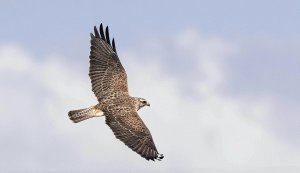
Swainson's Hawk
Swainson’s Hawk (Buteo swainsoni)- Stanley Jones
- Media item
- brazos county bryan buteo swainsoni sims lane cut-off swainson's hawk texas tritex grass farm usa
- Comments: 12
- Category: North America
-
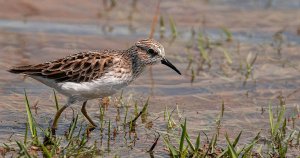
Least Sandpiper
Least Sandpiper (Calidris minutilla)- Stanley Jones
- Media item
- brazos county bryan calidris minutilla least sandpiper sims lane cut-off texas tritex grass farm usa
- Comments: 12
- Category: North America
-
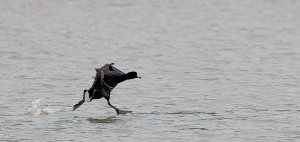
American Coot Water Striding
American Coot (Fulica americana americana) Water Striding.- Stanley Jones
- Media item
- american coot brazos county bryan fulica americana americana midtown lake texas usa
- Comments: 11
- Category: North America
-
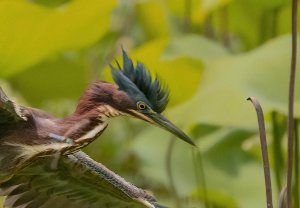
Green Heron
Green Heron (Butorides virescens virescens) His parents named him Spike but all of his friends call him Punky.- Stanley Jones
- Media item
- brazos county bryan butorides virescens virescens green heron midtown lake texas usa
- Comments: 13
- Category: North America
-
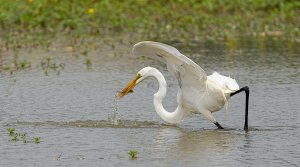
Great Egret
Great Egret (Ardea alba egretta) with its catch.- Stanley Jones
- Media item
- ardea alba egretta brazos county bryan great egret midtown lake texas usa
- Comments: 12
- Category: North America
-
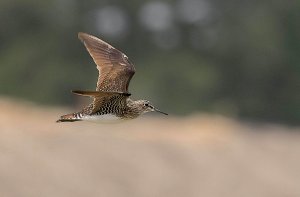
Solitary Sandpiper
Solitary Sandpiper (Tringa solitaria solitaria) breeding plumage.- Stanley Jones
- Media item
- brazos county bryan midtown lake solitary sandpipeer texas tringa solitaria solitaria usa
- Comments: 11
- Category: North America
-
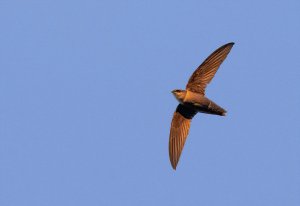
Chimney Swift
Chimney Swift (Chaetura pelagica)- Stanley Jones
- Media item
- brazos county bryan chaetura pelagica chimney swift texas usa
- Comments: 11
- Category: North America
-
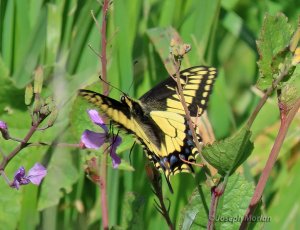
Anise Swallowtail (Papilio zelicaon)
This attractive common species ranges across western North America. The widespread naturalization of introduced Sweet Fennel (Foeniculum vulgare) may account for its being so widespread. This is the typical yellow form. A black form also occurs with reduced yellow striping. Formerly "P. gothica."- jmorlan
- Media item
- anise swallowtail california papilio zelicaon usa
- Comments: 0
- Category: Butterflies & Moths
-
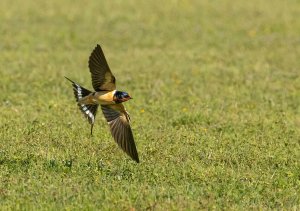
Barn Swallow, Male
Barn Swallow (Hirundo rustica erythrogaster) male.- Stanley Jones
- Media item
- brazos county college station hirundo rustica erythrogaster texas usa wolf pen creek park
- Comments: 15
- Category: North America
-
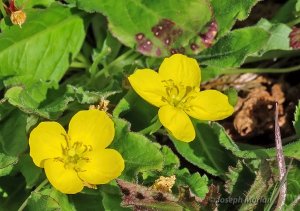
Sun Cup (Taraxia ovata)
A fairly common low growing member of the Evening Primrose family native to coastal California from Humboldt to San Luis Obispo Counties. Sometimes called "Golden Eggs." Formerly placed in the genus "Oenothera" or "Camissonia." Its leaves are edible but reportedly act as a mild laxative.- jmorlan
- Media item
- california sun cup taraxia ovata usa
- Comments: 2
- Category: Wild Flowers, Trees, Shrubs, Fungi
-
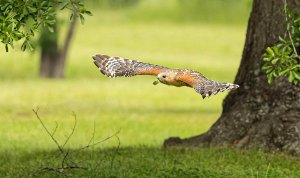
Red-shouldered Hawk
Red-shouldered Hawk (Buteo lineatus lineatus) with a baby Red-eared Slider (turtle).- Stanley Jones
- Media item
- brazos county bryan buteo lineatus lineatus camelot park red-shouldered hawk texas usa
- Comments: 13
- Category: North America
-
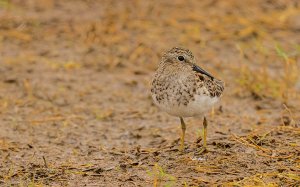
Least Sandpiper
Least Sandpiper (Calidris minutilla)- Stanley Jones
- Media item
- brazos county bryan calidris minutilla least sandpiper sims lane cut-off texas tritex grass farm usa
- Comments: 11
- Category: North America
-
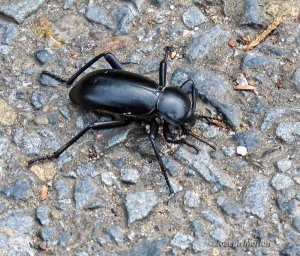
Grand-collared Darkling Beetle (Eleodes grandicollis)
Restricted to California and Nevada, this one has no English name so I made one up. Sometimes called Stink-beetles or Desert Stink-beetles they are famous for squirting a foul smelling toxic acid from their rear which can burn the skin of potential predators.- jmorlan
- Media item
- california eleodes grandicollis grand-collared darkling beetle usa
- Comments: 2
- Category: Invertebrates
-
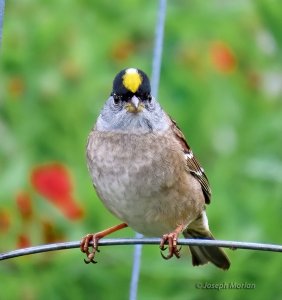
Golden-crowned Sparrow
In full breeding plumage for only a short time before they migrate back north to breed. A common wintering sparrow in most of California, they usually remain through the end of April. They sing throughout the year, a melancholy "Oh dear me" or "Three blind mice." However hard-luck gold miners in...- jmorlan
- Media item
- california golden-crowned sparrow usa zonotrichia atricapilla
- Comments: 0
- Category: North America
-
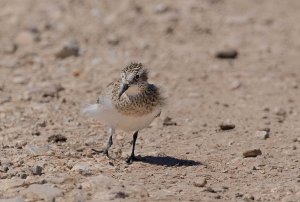
Baird's Sandpiper
Baird’s Sandpiper (Calidris bairdii) Having a hard time standing up with the gusting wind.- Stanley Jones
- Media item
- baird's sandpiper brazos county calidris bairdii northwest bryan sims lane cut-off texas tritex grass farm usa
- Comments: 11
- Category: North America
-
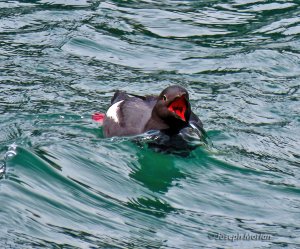
Pigeon Guillemot
An adult in breeding plumage, the striking bright red mouth lining and tongue are not visible unless they are calling. California birds are the race "C. c. eureka" which are smaller with shorter wings, but with a longer bill than populations breeding further north. These distinctive alcids nest...- jmorlan
- Media item
- california cepphus columba pigeon guillemot usa
- Comments: 0
- Category: North America
-
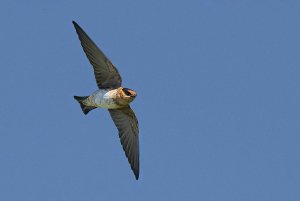
Cave Swallow
Cave Swallow (Hirundo fulva)- Stanley Jones
- Media item
- brazos county cave swallows college station hirundo fulva texas usa wolf pen creek park
- Comments: 13
- Category: North America
-
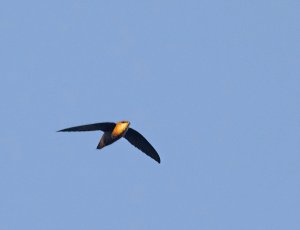
Chimney Swift
Chimney Swift (Chaetura pelagica)- Stanley Jones
- Media item
- brazos county bryan chaetura pelagica chimney swift texas usa
- Comments: 11
- Category: North America
-
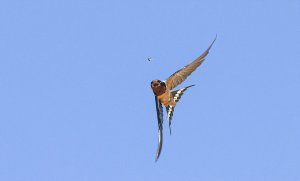
Barn Swallow
Barn Swallow (Hirundo rustica erythrogaster) after an insect. Wolf Pen Creek Park, College Station, Brazos County, Texas, USA. Post Oak Savanna vegetation area, open manicured park with Wolf Pen Creek and a small riparian at 79 m (259 ft) elevation. April 2024- Stanley Jones
- Media item
- brazos county college station hirundo rustica erythrogaster texas usa wolf pen creek park
- Comments: 16
- Category: North America
-
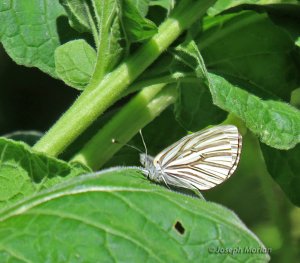
Margined White (Pieris marginalis)
Note the dark vein outlines on the underside of the wing. Formerly lumped with Green-veined White (P. napi) of Europe and Mustard White (Pieris oleracea) of northeastern North America, it is now recognized as a separate species inhabiting western North America. This is the spring form which has...- jmorlan
- Media item
- california margined white pieris marginalis usa
- Comments: 0
- Category: Butterflies & Moths
-
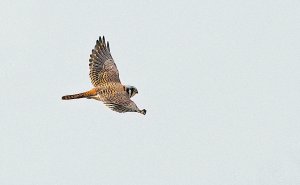
American Kestrel, Female
American Kestrel (Falco sparverius sparverius) female.- Stanley Jones
- Media item
- american kestrel falco sparverius sparverius northwest of mumford robertson county texas union bend road usa
- Comments: 15
- Category: North America
-
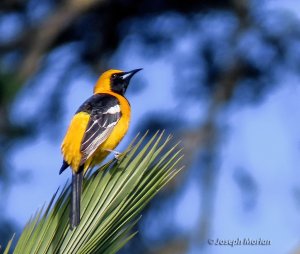
Hooded Oriole
Supposedly named for its orange hood, but seems like a misnomer. A proper "hood" should be dark. Historically, these orioles' northern limit was Southern California, but the planting of California Fan Palms (Washingtonia filifera) into Northern California allowed this Palm specialist to expand...- jmorlan
- Media item
- california hooded oriole icterus cucullatus usa
- Comments: 1
- Category: North America
-
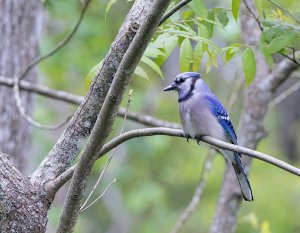
Blue Jay
Blue Jay (Cyanocitta cristata) perched in a water hickory (Carya aquatica: Juglandaceae) over a bog.- Stanley Jones
- Media item
- blue jay cyanocitta cristata cypress creek harris county humble texas usa
- Comments: 11
- Category: North America
-
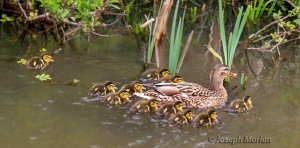
Mallard
Abundant and widespread across the northern hemisphere, this is a female with a newly hatched brood. Waterfowl chicks are precocial, covered with down feathers, eyes open and feeding themselves immediately after hatching. Most birds have altricial young, hatched blind, naked, totally helpless...- jmorlan
- Media item
- anas platyrhynchos california mallard usa
- Comments: 1
- Category: North America



